When it comes to adding a touch of charm and personality to your home, few things can compare to the timeless beauty of glazed encaustic tiles. These decorative tiles have been cherished for centuries, known for their intricate patterns and vibrant colors that can instantly transform any space. In this article, we will explore the fascinating world of glazed encaustic tiles, their history, manufacturing process, and the many ways you can incorporate them into your home for a breathtaking and long-lasting design. Section 1: A Brief History of Glazed Encaustic Tile To truly appreciate the allure of glazed encaustic tiles, it is essential to understand their rich history. Encaustic tiles date back to medieval times, with origins in Middle Eastern and central Asian architecture.
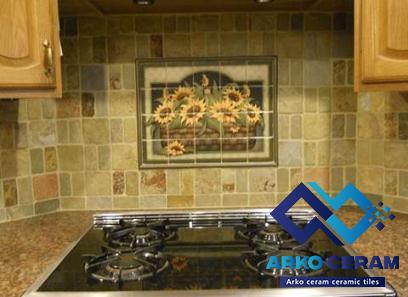
.
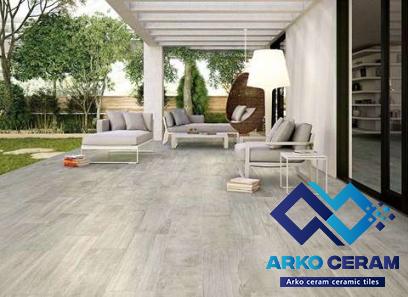 They were adored for their durability and ability to withstand heavy footfall while retaining their vibrant colors and intricate patterns. In the 13th century, the Moors introduced encaustic tiles to Spain, a country where they gained significant popularity. During the Victorian era in Europe, encaustic tiles experienced a resurgence of popularity, thanks to advancements in manufacturing techniques.
They were adored for their durability and ability to withstand heavy footfall while retaining their vibrant colors and intricate patterns. In the 13th century, the Moors introduced encaustic tiles to Spain, a country where they gained significant popularity. During the Victorian era in Europe, encaustic tiles experienced a resurgence of popularity, thanks to advancements in manufacturing techniques.
..
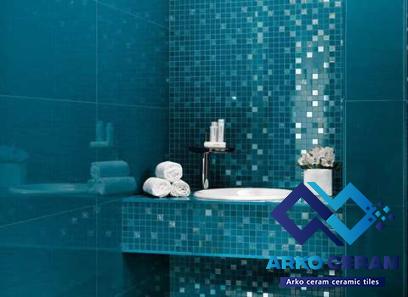 This led to the creation of glazed encaustic tiles, which offered even more possibilities for intricate designs and vibrant colors. Today, they are highly sought after for their ability to add a touch of opulence and elegance to both traditional and contemporary interiors. Section 2: The Manufacturing Process of Glazed Encaustic Tile Glazed encaustic tiles are crafted using a complex process that involves multiple stages.
This led to the creation of glazed encaustic tiles, which offered even more possibilities for intricate designs and vibrant colors. Today, they are highly sought after for their ability to add a touch of opulence and elegance to both traditional and contemporary interiors. Section 2: The Manufacturing Process of Glazed Encaustic Tile Glazed encaustic tiles are crafted using a complex process that involves multiple stages.
…
 Let’s take a closer look at each step: 1. Design: The first step in creating glazed encaustic tiles is designing the patterns. Skilled craftsmen create intricate designs on paper or digitally using computer-aided design (CAD) software. The design is then transferred onto individual tiles. 2. Mold Making: Once the design is finalized, molds are created. These molds act as a template for pouring the colored clay mixtures. 3. Clay Mixing and Pouring: Encaustic tiles are made using a combination of cement, sand, and natural pigments. The mixture is poured into the molds, with each color carefully added one at a time. 4. Pressing and Drying: After pouring the colored clay mixture, a hydraulic press is used to compress the layers and remove excess water. The tiles are then left to dry naturally, allowing the cement to set and harden. 5. Curing and Firing: Once dried, the tiles undergo a process called curing. This allows the cement to fully harden and the pigments to adhere to the surface. The tiles are then placed in a kiln and fired at high temperatures, typically around 1,000 degrees Celsius. The firing process gives the tiles their characteristic strength and durability.
Let’s take a closer look at each step: 1. Design: The first step in creating glazed encaustic tiles is designing the patterns. Skilled craftsmen create intricate designs on paper or digitally using computer-aided design (CAD) software. The design is then transferred onto individual tiles. 2. Mold Making: Once the design is finalized, molds are created. These molds act as a template for pouring the colored clay mixtures. 3. Clay Mixing and Pouring: Encaustic tiles are made using a combination of cement, sand, and natural pigments. The mixture is poured into the molds, with each color carefully added one at a time. 4. Pressing and Drying: After pouring the colored clay mixture, a hydraulic press is used to compress the layers and remove excess water. The tiles are then left to dry naturally, allowing the cement to set and harden. 5. Curing and Firing: Once dried, the tiles undergo a process called curing. This allows the cement to fully harden and the pigments to adhere to the surface. The tiles are then placed in a kiln and fired at high temperatures, typically around 1,000 degrees Celsius. The firing process gives the tiles their characteristic strength and durability.

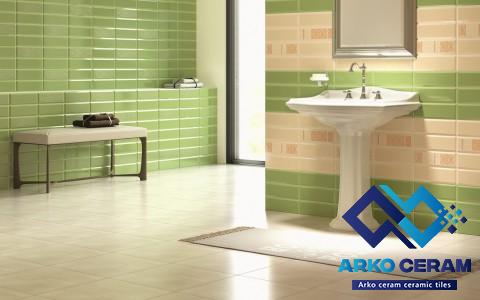
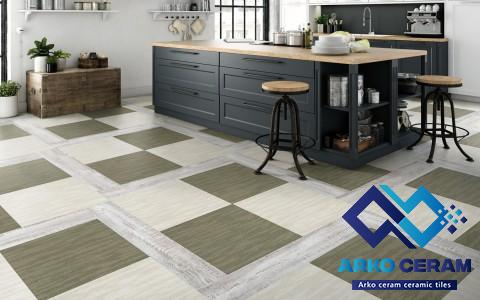
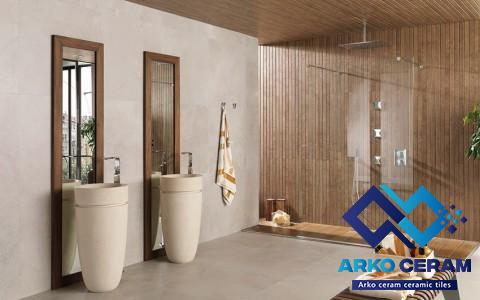




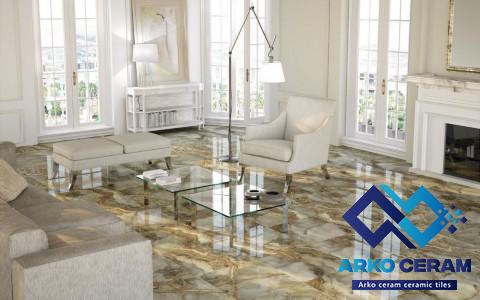
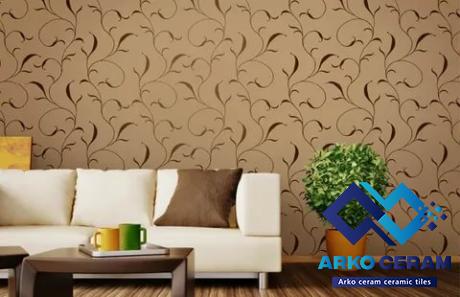
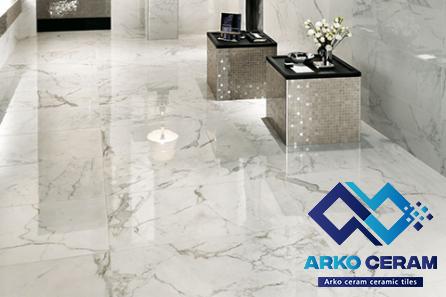
Your comment submitted.